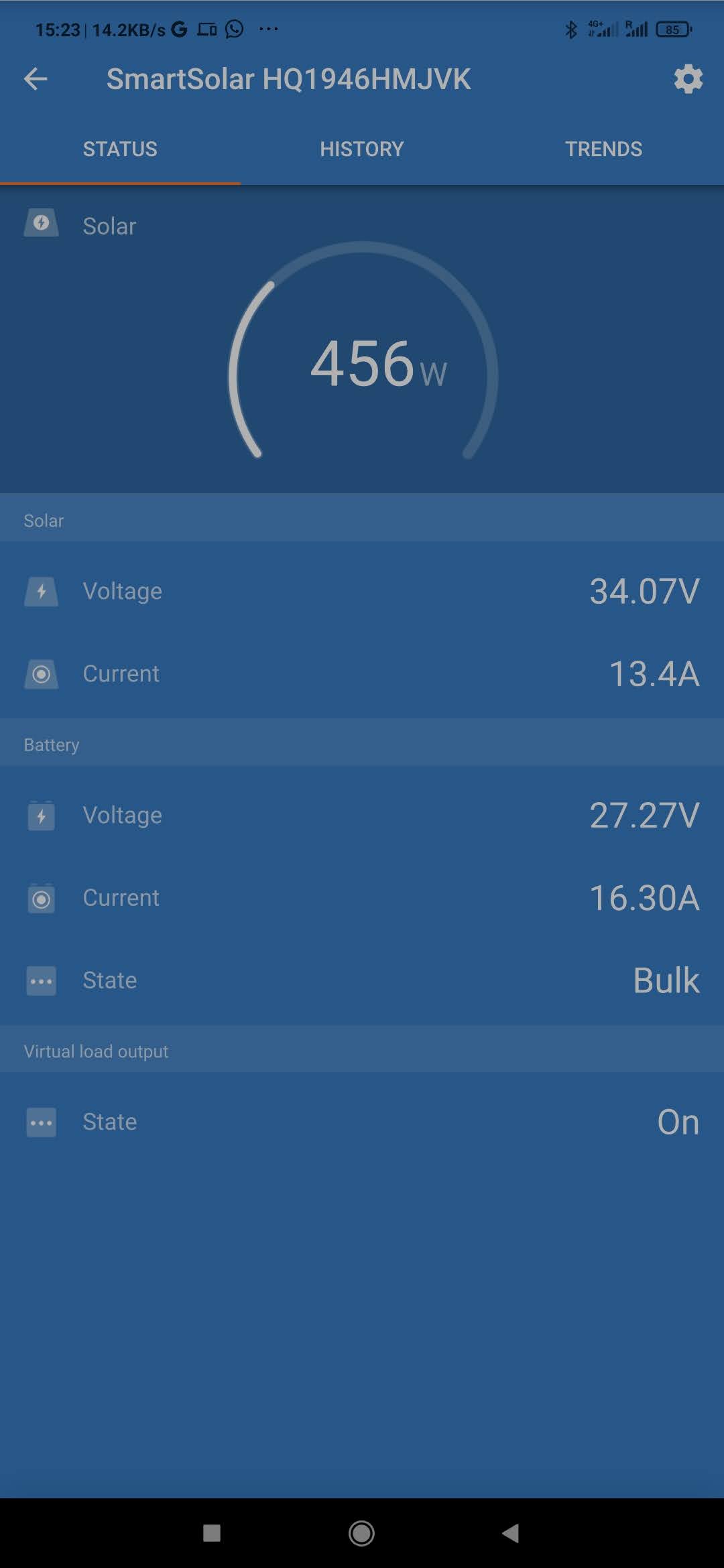There are huge differences between the Values I get from the MPPT and the battery. Everything is luke warm to ambient temperature. Cables are not an issue - they are total overkill.
The Smartshunt values are independently verified by a very good BMS.
Anyone can shed some light on the situation for me?
Power Solarpanels: 34.07V * 13.4A = 456W
Power Battery: 27.27V * 16.30A = 445W
MPPT efficiency loss: 2.4% That's ok

Meanwhile, the Smartshunt shows verified 407W!!
Where are the missing 38Watts??

I am using LiFePo4 at low C rates - so round trip efficiency is virtually negligible in light of the losses I am trying to figure out.
Update: I've measured everything, thank god that I've the equipment for that since values vary in the milliseconds.
The only thing that does not match at all is the purported Solarpanel amperage output. Voltage seems pretty accurate. As such 1.4A were reported, when there were really 1.1A. A 21% difference!
That makes me really fed up and unless that is my specific unit I am gonna make sure that other people will become aware of the kind of product they are really buying.
But that doesn't explain everything. The only thing certain is that there are no real physical losses present.


